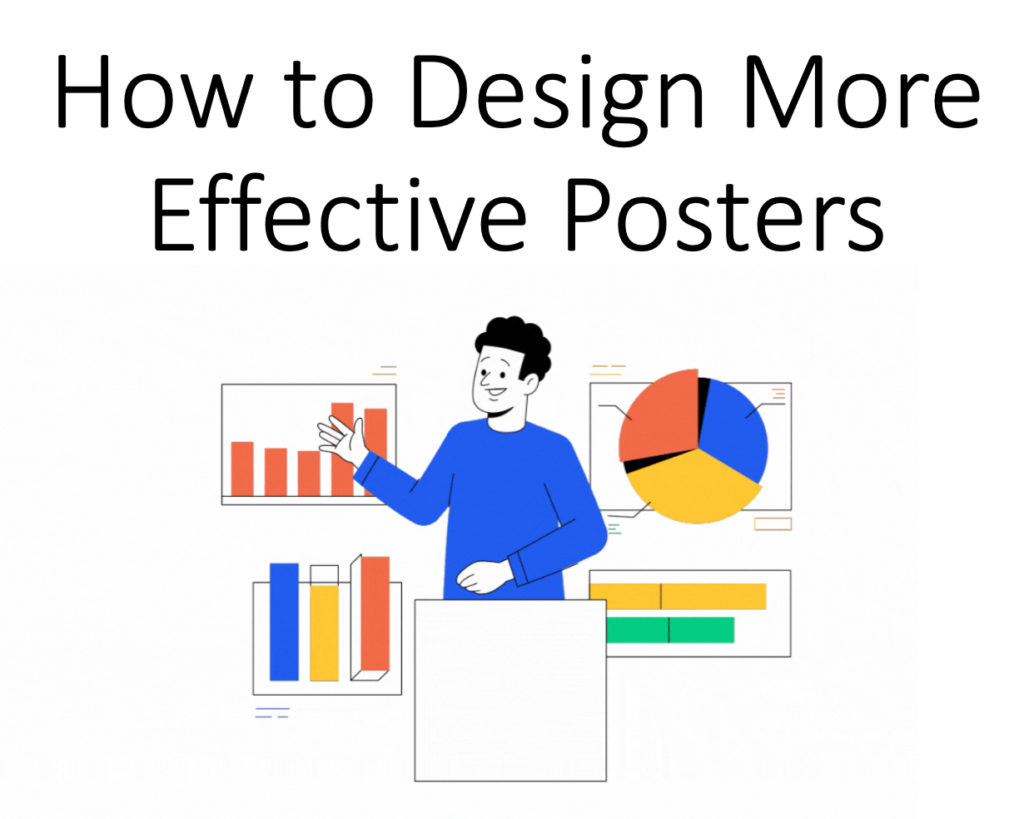By Tamar Boddé-Kekana
Posters are widely used at conferences and in the academic community to communicate information about a project or program. But while conference posters are ubiquitous, effective conference posters – those that clearly communicate their message in a way that viewers can easily absorb and remember – are far more rare.
In preparation for the upcoming South African Monitoring and Evaluation Association (SAMEA) 8th Biennial Conference and the American Evaluation Association Conference, where evaluators from across the globe will gather to share a wide range of ideas and findings from the M&E community, we’re providing a series of tips on how to create a great conference poster.

What Makes a Good Poster?
While it’s tempting to squeeze as much information as possible onto a poster, this strategy won’t work for viewers with limited time. The best posters summarize information concisely and attractively using a mixture of brief text, tables, graphs, and/or pictures. Here are a few guidelines:
• Important information should be readable from about 3 meters (or 10 feet) away.
• Title should be short, evocative and draw interest.
• Word count should range between 300 to 800 words.
• Text should be clear and to-the-point.
• Use bullets, numbering, and headlines for easy reading.
• Use effective graphics, colors, and fonts.
• Create a clean, consistent layout.
• Include acknowledgments, your name, and your institutional affiliation.
For more on how to make a great evaluation conference poster, check out Khulisa evaluator Jennifer Bisgard’s tips at the end of this story about the 2019 African Evaluation Association Conference.
How to Begin?
Before starting work on your poster, think carefully about what you want to say. Who is your audience and what is the story you want to tell them? If you had to explain your research or issue in 20 words or less, how would you do it?
Then ask yourself three more questions:
1. What is the most important/interesting/astounding finding from my research project?
2. How can I visually share my research with conference attendees? Should I use charts, graphs, photos, and/or images?
3. What kind of information can I convey during my talk (if applicable) that will complement my poster?
Keep these questions in mind as you design your poster to help you stay on track.
Next week’s #EvalTuesdayTip will discuss specific design and layout tips for making a great poster.